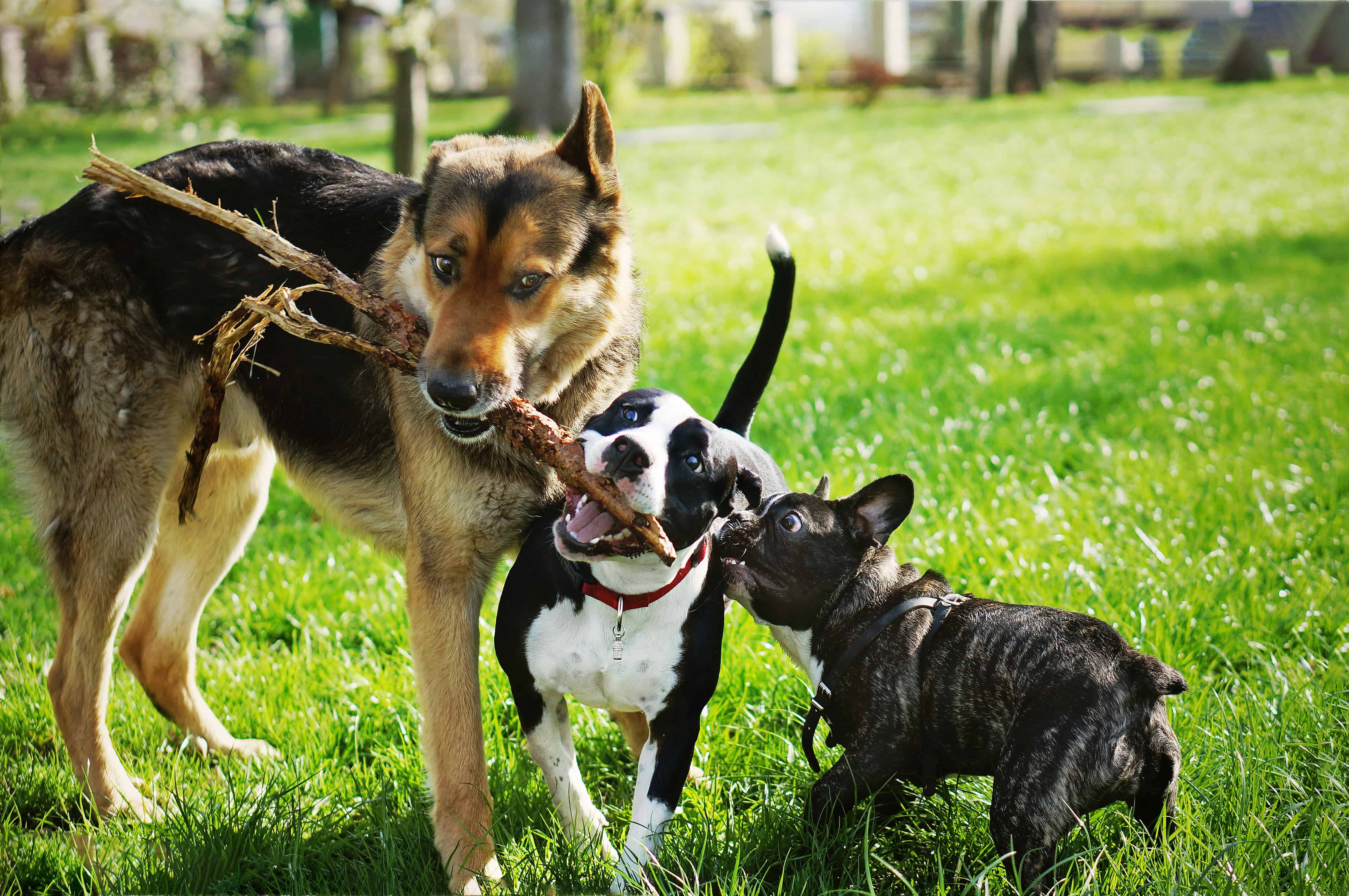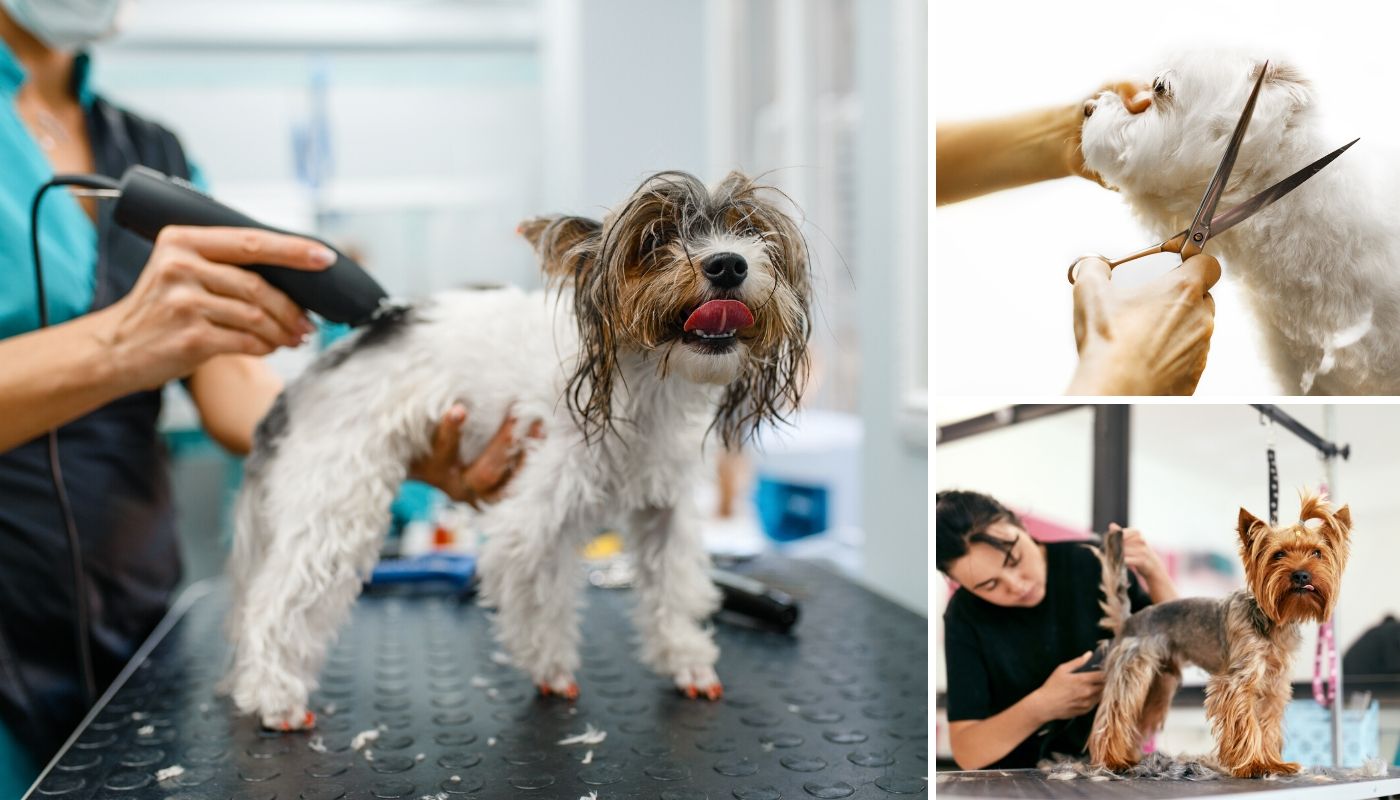Dogs are part of the family, so it’s only natural to want to bring them along for car rides. But before you do, make sure you have the right car restraint for your dog. Not all restraints are created equal. Some are designed for small dogs, whilst others are made for larger breeds. So, how do you choose the right one? Here’s a guide to help you find the best car restraint for your pup.
Table of Contents
Seatbelts and Harnesses
Doggy seatbelts are not like regular seatbelts. And with regular seatbelts pandering to the average-sized human male—who, for the record, have two legs—is it really any wonder? Doggy seat belts are separate attachments and much smaller. You use them in conjunction with a dog harness, which stands in as an upper seatbelt loop. To use, rig Pupper up in their harness—yes, that’s the same harness you use for walks (it’s dual-purpose!)—attach the seatbelt to the harness, and click the seatbelt into the buckle (as in, the one in the car. There’s no stand-in for this item!).
Seatbelt-and-harness combinations are best for larger dogs who cannot fit into doggy car seats, but there’s also no reason you cannot strap in a smaller pup, either. Throughout Australia, the governmental consensus is that you should restrain a dog that is travelling inside a vehicle with you. (The laws regarding this differ from state to state, although six out of eight states agree that you must restrain a dog if they’re travelling in the back of a ute.) This does not necessarily mean that a seatbelt is compulsory, but it is one of the two major recommended methods of restraint. The other method is…
Barriers
If you drive a station wagon or a four-wheel-drive vehicle—and if you have a larger dog—this may be the car restraint for you. Barriers close off the passenger compartment from the open cargo area, the latter of which the dogs will sit. Available in temporary and permanent forms, barriers are a larger dog’s best compromise between safety and free movement. They’re also advantageous in the sense that, should the car scream to a halt, your dog will not fly forward towards the front seat.
A barrier’s only drawback is that, in the case of an accident, it will not provide optimal protection. If someone were to rear-end your car, your dog would be the most vulnerable.
Dog Hammocks
Similar to barriers, dog hammocks are a type of car cover. Whilst car covers exist more for the purpose of preserving the passenger compartment, dog hammocks can double as a barrier, too. Consisting of three surfaces, dog hammocks rest atop the passenger seats and hang from your car’s front and back headrests—not unlike a hammock. They have handles that you simply sling over each headrest, making them one of the easiest car accessories to set up. When set up completely, dog hammocks block off the footwell and front seats, meaning your dog can neither fall off their seat nor interfere with the driver’s control of the vehicle.

Image: Stylish Hound
If you’re using a dog hammock, please note that the dog will be closer to the front seat compartment and not as thoroughly restrained as they would be behind a barrier. You may wish to combine the dog hammock with a seatbelt-and-harness combo.
Headrest Restraints
Headrest restraints are a less restrictive alternative to doggy seatbelts. They contain a handle that fits over a car headrest—like a handle on a dog hammock, only with adjustable tightness. Clip the other end of the headrest restraint to your dog’s harness, but never their collar. If you thought collar-and-leash combos were a choking hazard, imagine how a dog would fare here in the event of sudden braking.

Image: Stylish Hound
If your dog is large and/or cannot sit comfortably beneath a seatbelt, a headrest restraint may be the next best thing. You can use it in conjunction with a dog hammock to be doubly sure your dog does not venture into the front seat.
Happy Travels!
As you can see, there is an assortment of canine car restraints available on the market. Whether you want to limit movement or secure your dog to the seat, there’s something available to suit your pooch—whether they’re a large or small breed. Whichever restraint you go with, ensure it’s compatible with your car. Barriers, for example, will suit only open-cargo cars, whilst dog hammocks should align with your passenger seat’s measurements. Finally, be mindful of your dog’s comfort levels. If they’re responding poorly to a seatbelt, for instance, perhaps consider a headrest restraint so that they don’t feel as hemmed in. Remember to put safety first and to consider what’s best for your situation. Happy travels!




